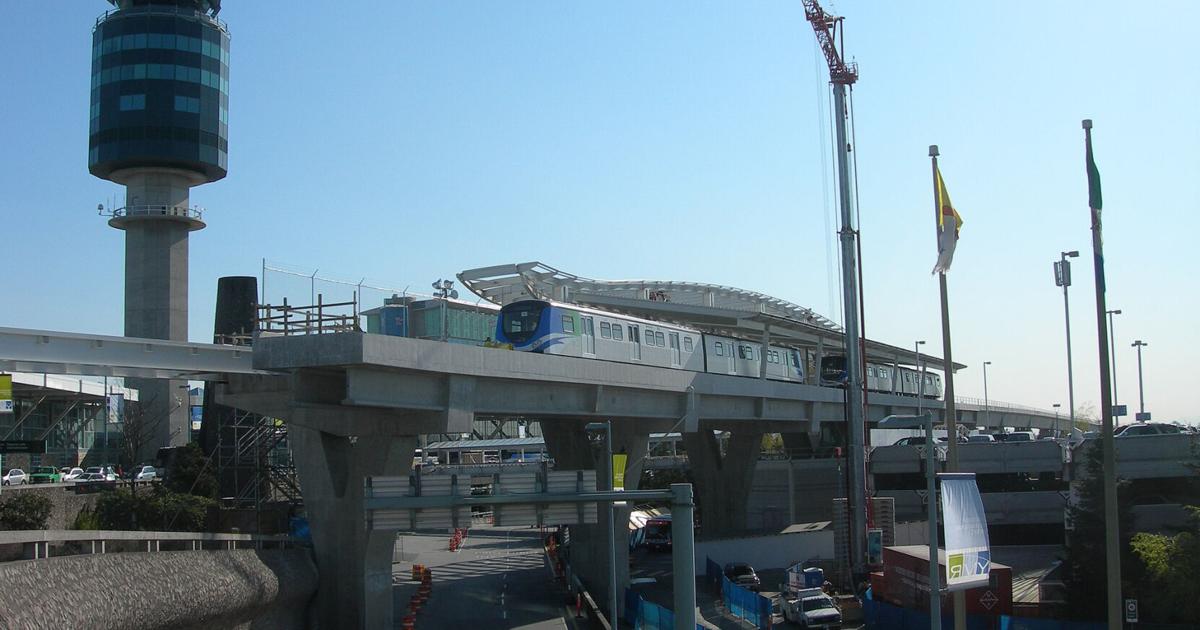Interesting. It does seem like it could be good for short stretches of demand. It is only 4.5km (con) but with only four stops (pro).
The
Wikipedia article for that short Paris line says that the projected travel time is 18 minutes, that's only 15 km/hr!

Looking at the article, it says this line runs along Simcoe Street from Lakeview Park to Highway 7. Which is surely incorrect as Highway 7 intersects Simcoe Street over 50 km north of the lake, in Manilla (north of Lake Scugog).
Perhaps they mean Winchester Road East - but that was never Highway 7 in it's many past lives, as far as I know.
Still, that's 13 km, and I'd guess at least 10 stations. That's not really comparable to this line in Paris. I know there's 6 lines in Medellín, but three of their lines are only 2 to 3 km long with 4 stations; while 2 are less than a mile long with 3 stations , and the longest is about 5 km long but with only 2 stations!
So what's a comparable line? It seems to be used elsewhere as a last mile solution (and the only Toronto proposal I've seen that sounds half-reasonable is a 1-km and 2-station connection from Broadview station to Brickworks). In Medellín it's very much driven by terrain.
And then there's the speed issue. Even the non-stop line (Line L) in Medellín only averages 19 km/hr. I've also seen that the maximum speed for that equipment is only 18 km/hr! Looking at the second-longest line (Line L - 2.7 km with 4 stations), it takes 12 minutes - a speed of only 13.5 km/hr. So about an hour from the lake to Winchester.
Surely a bus is faster. The route is slightly different, but the 13 km bus from Oshawa GO to Winchester takes 33 minutes - 23.6 km/hr.
Looking elsewhere, the 1.1 km line in London take 5 minutes - 13.2 km/hr. Le Pas in Bolivia (also very mountainous) has an extensive system, but even there the longest is 4.7 km and takes 17 minute for the 5 stations. That's still only 16.6 km/hr.
So why everywhere else are the lines so short? Most troubling, is that if you look at the Le Pas map - surely the biggest system there is, the lines seem to run not as one line, but the main east-west axis is actually 5 lines totalling 17.1 km and a travel time of 66.3 minutes (15.5 km/hr
not including transfers!)
This is comical, surely someone is trolling.
Places that this might work are one-stop from Exhibition GO to the Doug Ford Memorial Ontario Place, and from Cherry Beach over the East Gap. And other last mile situations. Not last 5 miles!

www.durhamregion.com






